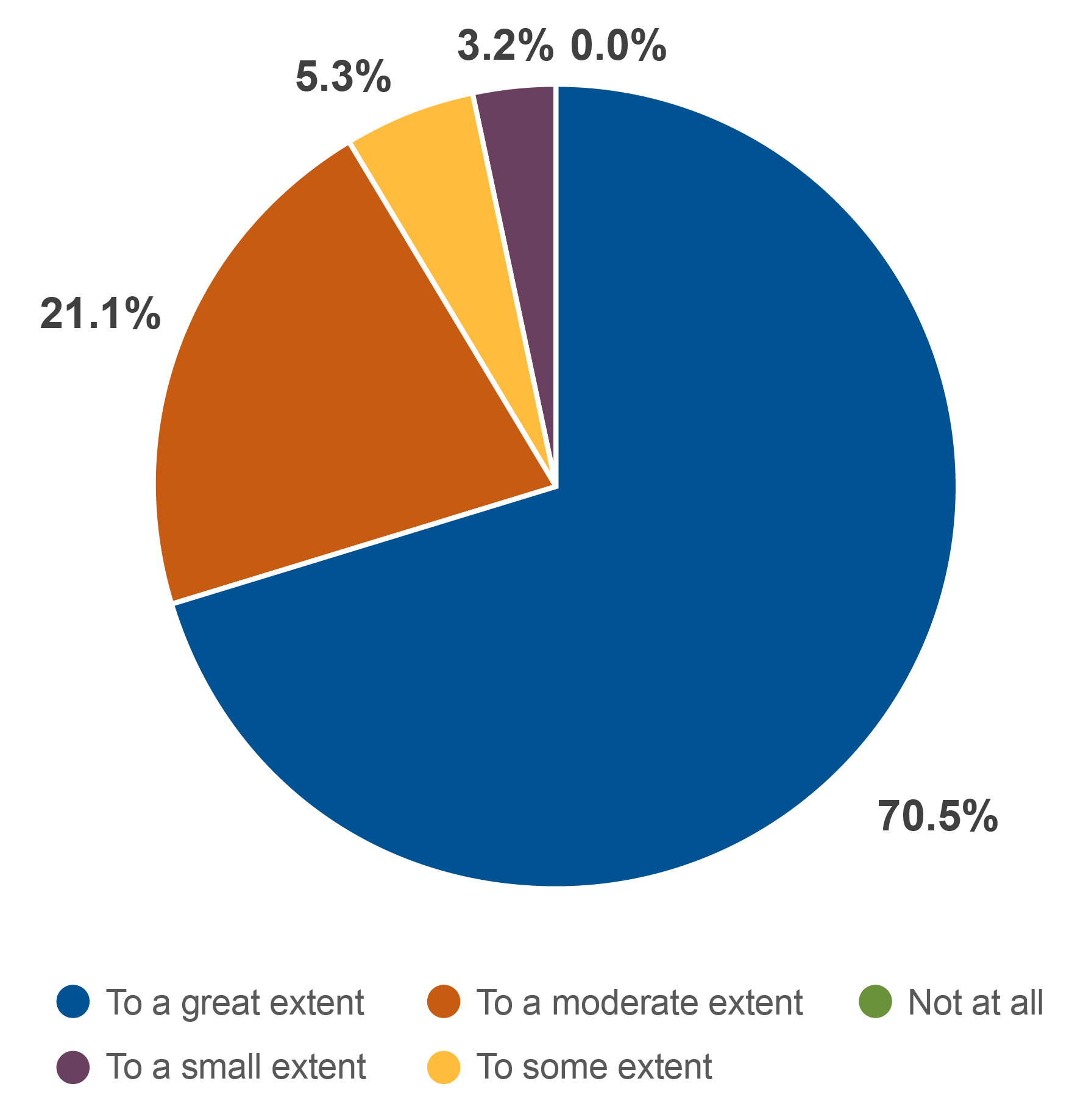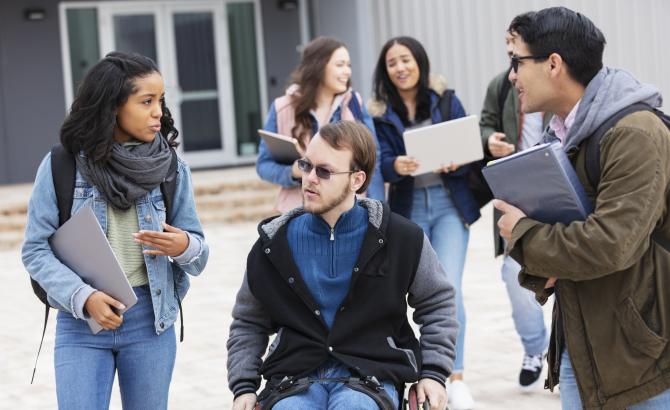The Need for Intentionality: Insights from Research and the LSAC Prelaw Undergraduate Scholars (PLUS) Program
The LSAC PLUS Program
The Law School Admission Council (LSAC) has a long-standing commitment to diversity, equity, and inclusion (DEI) in legal education and the legal profession. This commitment is evident in LSAC’s most notable pipeline program, the Prelaw Undergraduate Scholars (PLUS) Program. For nearly two decades, the PLUS Program has supported thousands of students from underrepresented and historically marginalized communities in their law school journey, from their initial interest in law to their preparation for the law school admission process and beyond. As the legal community collectively engages in dialogue, strategic planning, and action to fight for justice, access, and equity in the legal-education and legal-profession pipelines, it is important to take a step back in order to understand our approach to DEI so that we can identify gaps, build on successes, and innovate in pipeline programming.
The PLUS Program is devoted to increasing opportunities for and encouraging students from diverse backgrounds to consider careers in law and to prepare them for admission to law school. This purpose is realized through grant funding and programmatic support of LSAC member law schools as hosts to develop and implement a four-week summer residential program that immerses students in the law school experience. Since 2002, 30 LSAC-member law schools have been awarded a PLUS Program grant, and more than 2,700 minoritized[1] undergraduate students have participated in the program from a pool of approximately 10,000 applicants. Between 2002 and 2019, over 50% of PLUS alumni were Black/African American and 19% Latinx.
In 2020, due to the COVID-19 pandemic, the residential program was canceled and LSAC partnered with seven law schools to implement a virtual version of the PLUS Program, called PLUS Online. A total of 185 students participated in PLUS Online. Reflecting the total PLUS Program alumni network from 2002 to 2019, 50% of the PLUS Online students were Black/African American and about 20% were Latinx. A little more than 20% of PLUS Online students identified as LGBTQIA+. The PLUS Program will be offered online again in 2021.
The Community
The PLUS Program curriculum focuses on the academic skills needed to succeed in law school, the admission process, exposure to the legal profession, and the development of a supportive network. However, the impact of the PLUS Program goes beyond the development of students’ human capital. Site visits, surveys, student focus groups, and director interviews reveal that one of the biggest strengths of the PLUS Program is the unique experience it creates for diverse students—and the space it creates for them. For many students, the PLUS Program offers a rare opportunity not to feel alone in a classroom, that is, to find community.
The 2020 PLUS Online post-survey results showed that the program is conducive to learning because it facilitates a space where students feel comfortable being themselves, feel a sense of community among their peers, and feel valued by their PLUS instructors. More than 90% of the 2020 PLUS Online alumni who took the survey indicated to a great or moderate extent feeling a sense of community among students who were in their program (Figure 1). This is an important component of the program because sense of belonging is linked to positive academic outcomes such as increased academic motivation, increased engagement, intention to persist, actual persistence, and achievement (Freeman et al., 2007; Gopalan & Brady, 2020; Green et al., 2021; Hausmann et al., 2007).
Figure 1: Felt a Sense of Community Among Students in their LSAC PLUS Online Program

Source: 2020 LSAC PLUS Online Program Post-Survey Results (N = 95). The post-survey questions were derived from the LSSSE diversity module questions, which were analyzed in the 2020 LSSSE annual report.
Moving Forward
Addressing inequity and promoting access requires an intentional shift in the focus of the pipeline program from addressing the question of “why is there a lack of diversity in law school?” to addressing the question of “how are we promoting and cultivating law school aspirations among minoritized students in the pipeline?” Moving forward, the PLUS Program, true to its origins, is investing—and will continue to invest—in minoritized prospective law school candidates. This effort will be accomplished by collaborating with key internal and external stakeholders and DEI experts to create programs with innovative, explicit, and intentional learning outcomes centered on the student experience in order to promote and cultivate law school aspirations among minoritized students in the PLUS Program and other future LSAC-supported pipeline programs.
To learn more about the PLUS Program and our lessons, download the full report. The purpose of this report is to convey more detailed information on LSAC’s pipeline work and to contribute to the ongoing conversation about effective and impactful DEI pipeline work in legal education. This report is organized by (a) providing a brief overview of relevant research about diversity in law school and student learning to inform law school pipeline programming, (b) spotlighting the PLUS Program to share what we have learned about the importance of intentionality in how we use research, student feedback, and data in pipeline program development, and (c) sharing a list of guiding frameworks, questions, and tips to help think about how to plan and drive intentionality in pipeline programming. For more information, or if you are interested in collaborating, please contact LSAC DEI at DiversityOffice@LSAC.org.
If you have any questions about this report, email Elizabeth Bodamer at ebodamer@LSAC.org.
References
Benitez, Jr., M. (2010). Resituating culture centers within a social justice framework: Is there room for examining whiteness? In L. D. Patton (Ed.), Culture centers in higher education: Perspectives on identity, theory, and practice (pp. 119-134). Stylus Publishing.
Freeman, T. M., Anderman, L. H., & Jensen, J. M. (2007). Sense of belonging in college freshmen at the classroom and campus levels. The Journal of Experimental Education, 75(3), 203-220.
Gopalan, M., & Brady, S. T. (2020). College students’ sense of belonging: A national perspective. Educational Researcher, 49(2), 134-137.
Green, D., Williams, H. E., Bodamer, E., Quintanilla, V. D., Frisby, M., Erman, S., & Murphy, M. C. (2021). Relationship inequalities in law school predict disparities in law school satisfaction and achievement [Manuscript under review]. Indiana University.
Hausmann, L. R., Schofield, J. W., & Woods, R. L. (2007). Sense of belonging as a predictor of intentions to persist among African American and White first-year college students. Research in Higher Education, 48(7), 803-839.
Stewart, D. L. (2013). Racially minoritized students at U.S. four-year institutions. The Journal of Negro Education, 82(2), 184-197.
[1] The use of “minoritized” is intended to refer to the “process [action vs. noun] of student minoritization” that reflects an understanding of “minority” status as that which is socially constructed in specific societal contexts (Benitez, 2010; Stewart, 2013). For example, women are not minorities in legal education today, but they are one of many minoritized groups. These are groups that face social, political, economic, and educational barriers that constrict them. Minoritized groups include women, students of color, first-generation college students, students with disabilities, students of low socioeconomic status, and LGBTQIA+, transgender, and gender-nonconforming students, to name a few. The term “minoritized” is used interchangeably with “marginalized” and “underrepresented” in this report.



